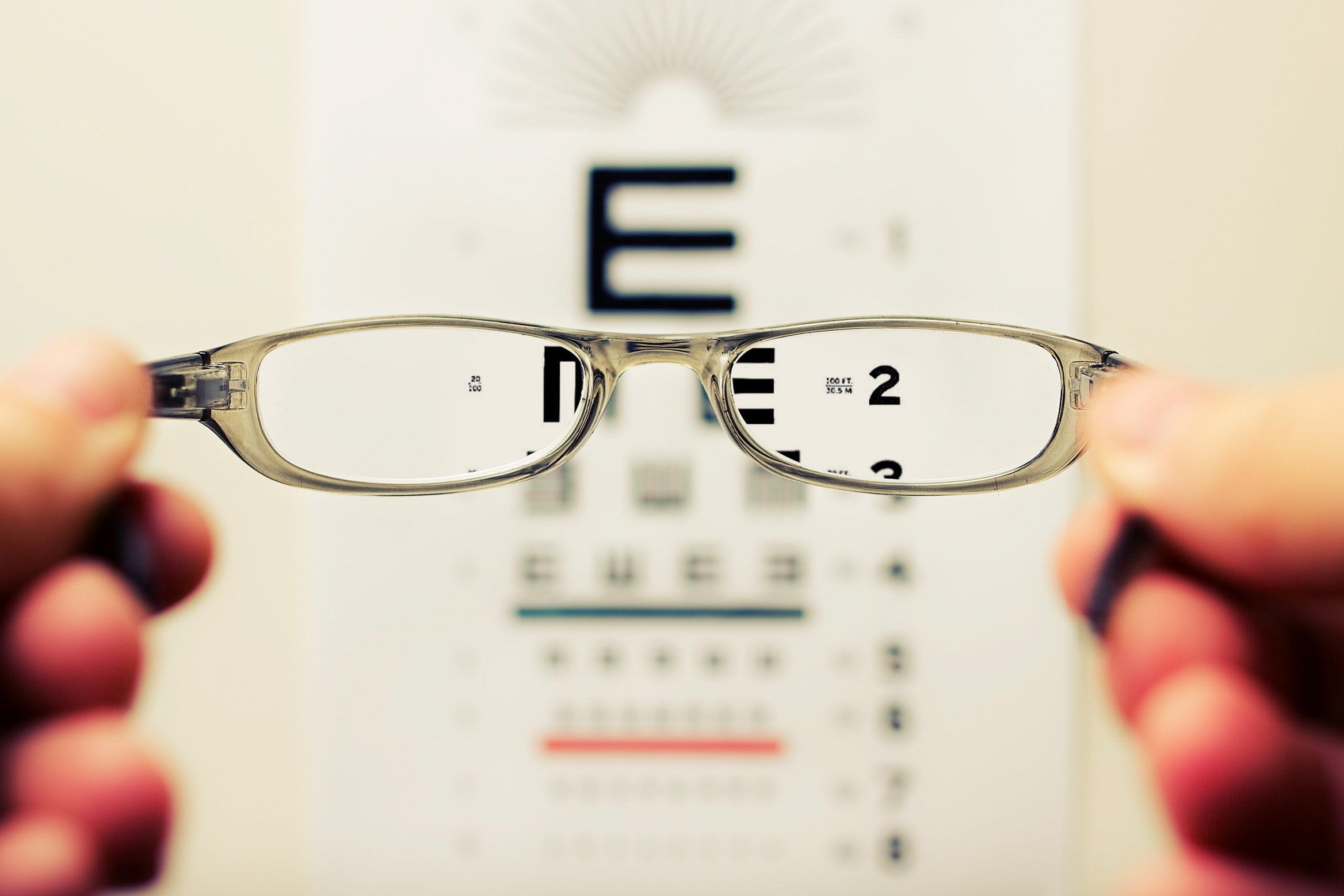
With the pandemic, we understand it has been difficult for patients to come into see us. As we continue to take CDC recommendations and apply them to our clinic, we have noticed more patients feel comfortable coming to see us. We want to help you feel safe. The best way to do that is to educate patients on what to expect.
We know that some patients are not able to come in annually. Some patients have never been into a clinic for an exam. Don’t worry! Although each clinic may run some things differently and equipment can be different, there are some aspects you can expect universally.
From the time you walk into the door through the end of your exam, you can expect 20 min to an hour. This is very dependent on if there is a contact lens fitting. More testing. Dilation. In addition to other tests that may be needed.
You may have guessed it; this is the letter test. “Can you read that top line for me?” This is when the doctor tests your current vision. The optometrist will ask that you wear your corrective eyewear if applicable.
This test is essentially to gage how well your eyes can follow a moving target. How quickly the eyes can adjust between two separate targets. This is a fairly basic test. Asking the patient to follow a hand-held target.
“One or Two.” “Three or four.”
During this test, the doctor will put an instrument called a phoropter. This determines the exact eyeglass prescription. This is when the doctor will ask which option is clearer. Based on your answers, the doctor is able to find your exact prescription. This test determines the level of hyperopia, myopia, astigmatism and presbyopia.
This is typically done prior to the exam. The doctor, or other vision expert, will ask you to approach an instrument placing your chin on a stabilizer and looking at an image. This image will go blurry then clear. This gives the doctor an estimate of your prescription. This can be very helpful in patients that are unable to take a traditional exam.
This is the portion of the exam which the doctor will ask you to place your chin on a stabilizer. The doctor will then ask you to look just to the left or right of their head. They will shine a light and look through a binocular microscope. This allows the doctor to see the structures of your eye. This assists in helping determine a patients eye health.
Although the least favorable part of most eye exams, it is important. This puff-of-air measures the pressure inside your eye. If the pressure is off, this can identify a glaucoma issue. For the testing, you will place your chin on a stabilizer. The doctor or trained assistant will puff a small burst of air at your open eye. It is painless and does not touch your eye. This will calculate the intraocular pressure. Higher pressure is a higher risk for glaucoma. Based on the results, some optometrist will provide further testing.
Some offices have an instrument that is able to touch your eye with a plastic stick that has a soft ball at the end. It is also painless and does not require the puff-of-air.
Another important test that helps determine the health of your eye is dilation. It takes about 20 to 30min. This causes light sensitivity due to the enlarged pupils. Additionally, it is recommended to not drive due to the difficulty in focusing on objects close up. Dilation typically wear off after several hours. Once the pupil is dilated, the doctor is able to use different instruments to look inside the eyes and ensure their health. This is especially important for patients that have risk factors for eye disease.
Our clinics have technology that can provide the same testing without the discomfort. These optomap (or optos) are typically not covered by insurance. These instruments take an image of the eye allowing the doctor to check the eye health without dilation.
This test allows or a doctor to determine if any blind spots are in the visual field. Often times, if there is a blind spot the brain will compensate, and the patient will not see them over time. This test provides a way for the doctor to identify possible health issues in the eye.
Not included in an annual exam, patients interested in wearing contacts need to undergo a contact lens fitting exam. Generally, it is better to have your contact lens fitting with the same doctor as your annual exam. This will help avoid having to repeat testing.
During a contact lens fitting, optometrists will perform additional tests to ensure that your eyes are healthy enough for contacts. Contact lens prescriptions are different than eye exam prescriptions.
This is an additional fee that is not covered by insurance. The fee is applied each year as the doctor will have to perform more testing on the vision to ensure the eye health. The fee also includes trial lenses and typically 60-90 days of follow-up visits if needed.
As the CDC recommends, we are wearing masks and asking patients to do the same. We have signage to help guide patients. We are cleaning all frames and frequently touched areas regularly. If you have questions about what we are doing at each specific location, please do not hesitate to contact us!